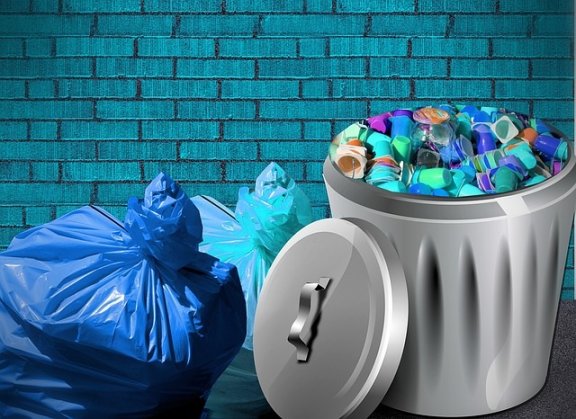As the world faces numerous ecological crises, consumers are becoming increasingly conscious of the impact their purchasing decisions have on the environment. This has presented manufacturers with several options for sustainable packaging materials. Among the most popular of these choices are recyclable packaging materials that can live a second life through downstream reuse. While recycling can seem like a simple process, there are a few things you should be aware of if you are thinking about switching to recyclable containers.

What Is Recyclable Packaging?
Recyclable materials are substances that are stamped with a recycle code and symbol that tells consumers they can be recycled. Because consumers who are not environmentally conscious sometimes ignore recycling symbols, this can potentially lead to waste. On the other hand, recyclable materials offer significantly better reuse potential than materials that have already been recycled, which are called post-consumer recycled, or PCR.
Although some consumers believe only cans, bottles, and rigid plastics can be recycled, even flexible pouches are recyclable when made from appropriate materials. Recycling infrastructure, however, is still catching up to flexible materials, so consumer-packaged goods companies may wish to direct consumers through proper labeling to drop flexible films at a designated location.
How Do You Know if Recyclable Packaging Is Right for You?
While recyclable materials are good for the planet, they are not appropriate for every situation. For goods that don’t require rigid storage characteristics, for example, compostable materials can be more beneficial than recycled or PCR materials. Recyclable materials, however, feature high-barrier protection for products that require optimal protection from heat, water, and oxygen. Ideal features of recyclable materials include:
1. Recycling Labels for Consumer Use
In order to properly recycle, consumers need to know how to dispose of their waste. A recycle symbol is printed on all recycled materials with either a generic code or specific label, such as “recycle if clean & dry, store drop off,” in the case of flexible films.
2. Sustainable Ink
Ideally, all printed images should be made with inks that are free from contaminants. Producers of flexible pouches are relatively environmentally conscious, so films for mylar bags printing often use sustainable inks that do not leach into the soil or groundwater.
3. Recyclable Components
All features of a container must be recyclable in order for a management facility to begin the process of repurposing it. While this rule does not include removable features, such as bottle caps, it does include inherent features, like zippers for flexible pouches.
4. Chemical-Free Composition
Ideally, items that are recycled contain minimal environmental contaminants in lining or support structures. This is important because any part of an item that cannot be recycled must be disposed of as waste. If a portion of an item is recyclable and the other portion leads to pollution, this significantly degrades the item’s environmental signature.
Because they are attractive to both consumers and producers, sustainable product containers are clearly the way of the future. If you own a packaged goods company, consider switching to recyclable containers for all of your spoilable goods. Flexible pouches use minimal material and result in less carbon production than rigid containers, so these are currently the best option for recyclable snacks packaging.

